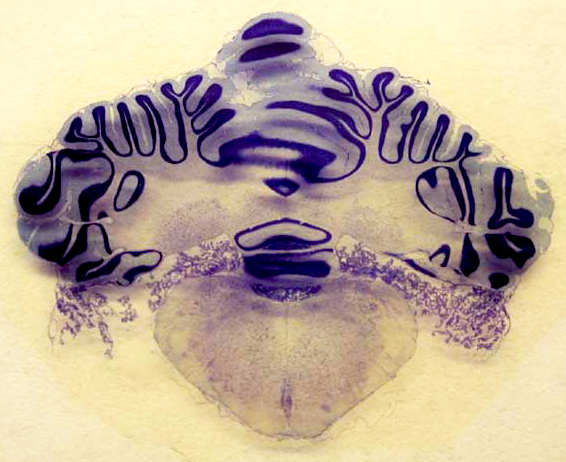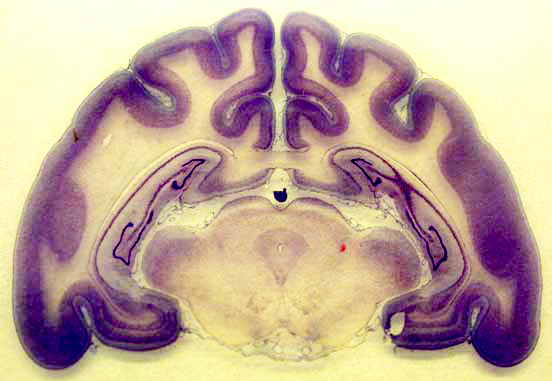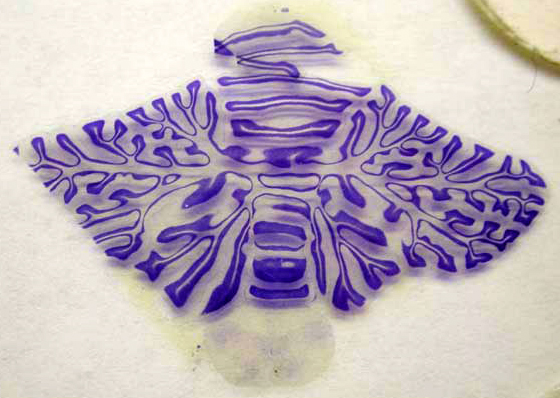Samantha Martinez
No mental health professional that I’ve dealt with in the past year has ever used the phrase “mental breakdown.” I am not sure why given that my experience with mental illness and the events that led me to be hospitalized certainly felt like a break—from normal thinking, from being able to deal with anxiety, from the perceptions people have of me being “cool, calm, and collected.” My thick walls of protection disintegrated and what was left was a shell of me, in pain, weak, with a loss of words, and a near deadly fascination with dying.
I felt broken, not strong enough to speak, not strong enough to move through life’s everyday motions. Several things kept me from truly doing harm to myself: my wife and kids, doctors, therapists, and writing in a journal.
The following writing comes from the journals I kept during the most devastating parts of my illness. Each piece represents a different day in my journey to regain some semblance of sanity. They are reminders of how strongly depression, anxiety, and alcohol abuse affected my life and still do, though to a much lesser degree.

 © Serendip® 1994 - All rights reserved. Privacy Policy
© Serendip® 1994 - All rights reserved. Privacy Policy





